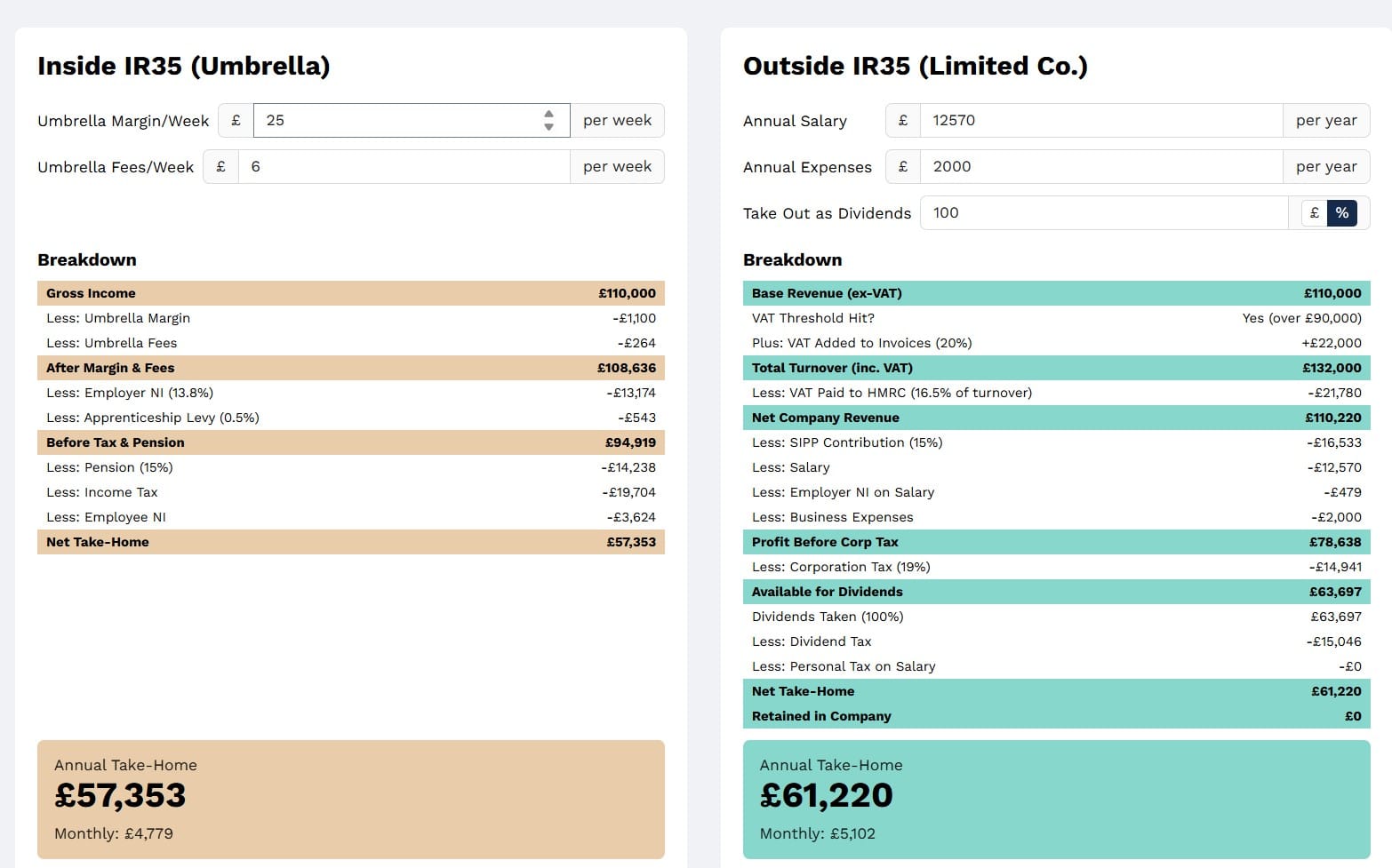Why Financial Awareness Is Key in a Tap-to-Buy Economy

In an increasingly digital world, how we interact with money has undergone a quiet but powerful transformation. Where once physical cash served as a tangible reminder of our spending, tap-to-buy technologies and seamless digital transactions have begun to blur the lines between what we have and what we use.
As financial friction diminishes, so does our awareness of how often—and how much—we spend. This "tap-to-buy" culture makes purchases feel effortless, even inconsequential. But behind this ease lies a set of cognitive and emotional effects that can influence everything from budgeting habits to long-term financial well-being.
In this article, we’ll explore the psychological dynamics of frictionless payments and share strategies for staying mindful in a world built for speed.
The Psychology Behind Frictionless Spending
The ease of digital transactions is no coincidence. Particularly in retail, every element is designed to streamline the experience and reduce friction, from one-click checkouts to auto-filled payment details. While this enhances convenience, it can weaken our natural checks against impulsive behaviour.
Behavioural economics consistently shows that people spend more when using cards or mobile payments than cash. The reason is simple: money is tangible and finite, and handing it over involves a deliberate action. Digital payments, by contrast, are almost imperceptible, making spending less real.
This dynamic is evident across many industries, including secure online casinos. These platforms offer quick deposits and seamless in-game transactions. However, reputable online casinos are well aware of this challenge and implement responsible gaming tools, such as deposit limits, session time reminders, and self-exclusion options, to help players stay in control.
Understanding how digital environments are designed—and how leading platforms proactively protect users—can empower individuals to make more mindful, informed choices about how they engage and spend online.
Emotional Spending in Digital Environments
Frictionless payment systems don't just alter how we spend—they also influence why we spend. In digital entertainment environments, emotions play a significant role. A surge of excitement from a game win or the fear of missing out on a limited-time offer can prompt rapid spending decisions. These emotionally charged moments and easy payment access create a potent mix that can lead to overspending.
The detachment from traditional money cues also makes rationalising unnecessary purchases easier. When transactions feel abstract, we’re less likely to reflect on whether a purchase aligns with our financial goals. Over time, this disconnect can contribute to anxiety, buyer’s remorse, or even financial strain. The key to counteracting this is to pause and reconnect with the underlying emotions driving our digital spending.
The Role of Platforms and Design
Digital platforms are designed to be intuitive, engaging, and frictionless—but not always in ways that support user well-being. From autoplay features on streaming sites to continuous gaming mechanics, every element is crafted to keep users engaged and spending.
Microtransactions, subscription models, and algorithm-driven offers further complicate the picture, turning simple user experiences into complex financial interactions.
This is not to say that platforms are inherently harmful. Many have taken measures to encourage responsible usage. Features such as deposit limits, playtime reminders, and budgeting tools are designed to promote financial awareness without sacrificing user experience.
Still, users must take the initiative to engage with these tools actively. The presence of safeguards is only helpful if they are understood and utilised.
Rebuilding Mindful Money Habits
One of the most effective ways to regain control in a tap-to-buy economy is to rebuild mindful spending habits. This doesn't require abandoning digital conveniences but rather developing practices that restore a sense of intention to the process. Simple actions—like reviewing account statements weekly or setting spending alerts—can serve as digital approximations of physical money awareness.
Creating psychological “speed bumps” can also be helpful. Whether it's removing saved payment information from a website or turning off one-click purchases, these minor inconveniences can reintroduce decision-making moments. In an environment optimised for impulse, conscious friction becomes a tool for self-regulation. Financial mindfulness in a digital space begins with deliberately slowing down.
Educating the Next Generation
As children and young adults grow up in a world where digital spending is the norm, financial literacy education becomes more important than ever. Understanding the mechanics and psychology of frictionless payments should be part of the conversation, not just budgeting and saving.
Many younger users first encounter digital payments through gaming or online entertainment environments where spending is deeply integrated into the user experience.
Teaching these users to recognise emotional spending, identify manipulative design patterns, and establish personal boundaries can create a foundation for healthier financial habits. The goal is not to promote fear or avoidance of technology but to equip individuals with the critical thinking needed to navigate it effectively. Doing so prepares future generations for a world where financial decisions are often made with a swipe, tap, or click.
The Intersection of Technology and Responsibility
The advancement of digital payment systems reflects an incredible leap in convenience and accessibility. However, with this progress comes a shared responsibility between platforms, policymakers, and users to ensure that ease of use does not come at the cost of financial health.
Transparency, education, and ethical design will play critical roles in supporting a sustainable digital economy as technology evolves.
Consumers also have a role. Awareness of how digital systems work and the psychological triggers they employ allows individuals to make informed choices rather than reactive ones. Ultimately, the question isn't whether digital payments are good or bad—it’s how we choose to interact with them.
Mindful Spending in the Digital Age
In a tap-to-buy economy, where spending feels effortless and often invisible, financial awareness is not just useful—it’s essential. Users can navigate digital environments with confidence and control by understanding the psychological effects of frictionless payments and adopting intentional strategies. With the right mindset and tools, convenience and responsibility don't have to be at odds.




